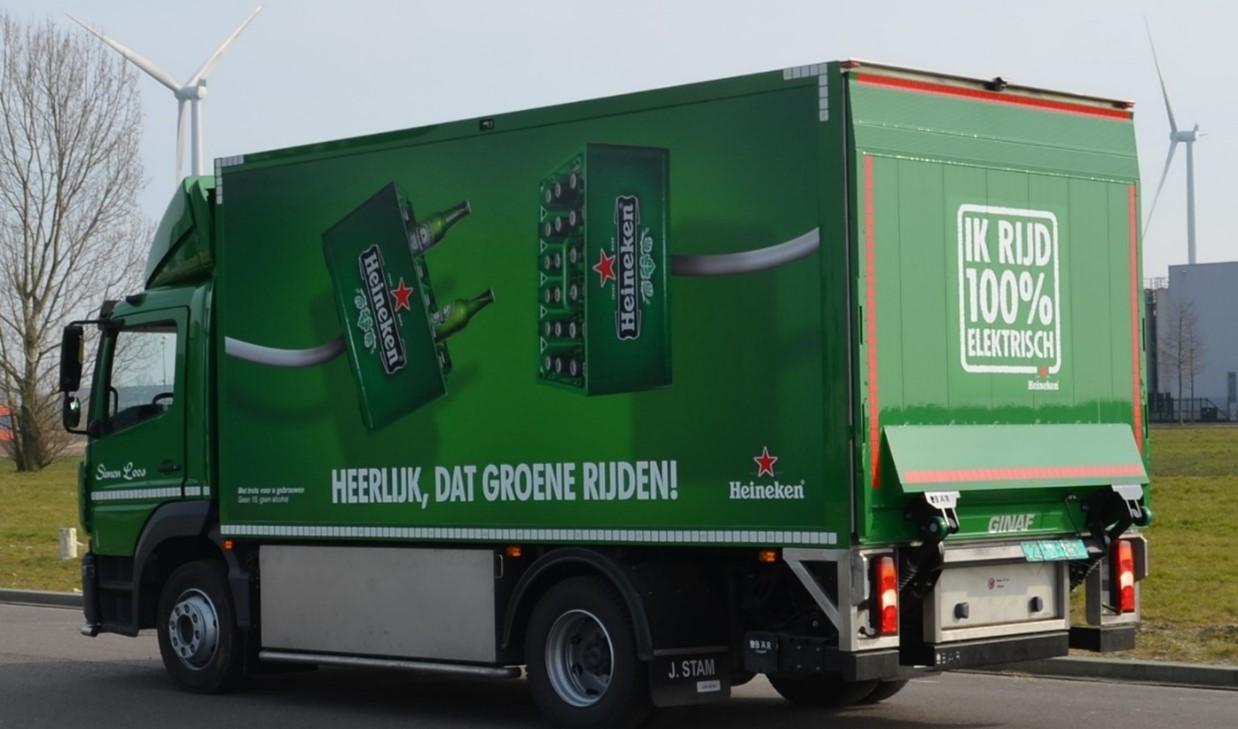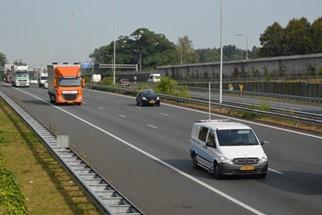
Road authorities play an important role in the climate goals and the energy use of cars and trucks
Is 10% greater range and a reduction of up to 3 megatons of CO2 reduction possible?
What do the US elections, The National Conference on Sustainable Mobility and TV show "Zondag met Lubach" have in common? They were all in the news this week in connection to their ambition to achieve climate goals. One highlighted the preference of wind turbines over oil, the other the promotion of electric vehicles, and the third the insulation of houses. All three are important, of course. Many consumers believe CO2 reduction in the context of the energy transition means buying an electric car or investing in a heat pump. But the construction of wind turbines and working towards saving energy are equally important.
Researcher Erik de Graaf explains: At M+P, we do a lot of research into renewable energy. For example, our own office building is “fossil-free”, we are consultants for the construction of wind farms, and we investigate how vehicles can save energy. If we want to make electric vehicles a success, saving energy is a very important consideration. We need to both increase the range of the vehicles and accept electric transport. At the same time, we must reduce the amount of scarce raw materials we use for batteries, windmills, power cables and the like. There is no need to generate, transport or store energy that is not required. Electric vehicles mostly use their energy to overcome rolling resistance and air resistance. So you must do something about that first. Tyre and vehicle manufacturers are doing everything they can to reduce these resistances. And it is now becoming clear that road authorities can help a lot with that.
M+P recently presented two papers during the CROW Infra Days “Sustainability and Circularity” session. M+P highlighted the important role the road has in reducing the energy consumption of vehicles. Erik de Graaf: it is important to approach this issue integrally and to keep the interaction between road and vehicle in mind. For example, a Life Cycle Assessment shows that 90 to 95% of road CO2 emissions occur while it is in use, i.e., when traffic is travelling along it. Tyre manufacturers appear to be surprised at how much influence the road surface has on the performance of their tyres. It is very encouraging to see the two worlds of government and manufacturer getting to know each other.
The first paper is a report detailing the results of a study into the influence of road surfaces on the rolling resistance of trucks, which was carried out for the Dutch water authority. For passenger cars, it had already been established that the road surface influences rolling resistance. For the main road network, the fuel consumption and CO2 emissions of passenger cars can be reduced by 2 to 4% if standard porous asphalt is replaced by 2-layer porous asphalt (fine). The study has now shown that it is plausible that the same effect applies to trucks. This makes the business case for applying 2-layer porous asphalt as a measure to reduce CO2 a lot more positive. It is common to think that 2-4% is not really worth it. However, road traffic in the Netherlands has a total CO2 emission of 30 megatons, the same as ten coal-fired power stations. Even if those 2-4% savings were only achieved on a fraction of the roads, savings of 100 tons or more of CO2 could easily be achieved.

The second paper examines the effect of air resistance on trucks when crosswind deflectors are placed next to the road. Noise barriers along the road also reduce the crosswind on the road, and thus the air resistance, fuel consumption and CO2 emissions of trucks. Surprisingly, roadside woodland, such as hedges, shrubs and green strips, have an even greater effect than noise barriers. A case study on the A2 road between Utrecht and Eindhoven showed there is an annual savings potential of up to 10%. The potential savings in the rest of the Netherlands strongly depend on wind strength, wind direction on the road, and traffic intensity. In windy coastal regions, the savings could be well above 10%. In the wooded areas found inland, part of the reduction has already been achieved and perhaps only needs to be taken into consideration in the calculations. An upscaled study for the whole of the Netherlands is required to determine the total reduction potential more accurately, but even a fraction of 10% of 30 megatons is a large reduction.
